WBTV Charlotte investigative reporter David Hodges became interested in the challenges first responders face with critical communications during emergency response situations when reporting on a catastrophic five-alarm fire that tore through Charlotte on May 18, 2023.
During his weeks of conversations with Charlotte fire officials and first responders, Hodges uncovered another critical issue – suboptimal communications and their detrimental impact on crucial responses within various Charlotte-area buildings and venues.
First responders coordinate efforts on two-way radios via signals broadcast within government-mandated frequency ranges, generally in the VHF, UHF, 700, and 800 MHz bands. However, these two-way radio communications encounter the same issues cell phones can exhibit in large buildings – their signals break up or, worse yet, will not connect at all.
“In emergencies, first responders must communicate clearly and reliably,” said a Charlotte Fire Department spokesperson. “The portable radios they carry into an incident are their lifeline.”
And just like cell phones, first responder radio signals can be enhanced by the presence of a distributed antenna system (DAS). The public safety DAS collects radio frequency (RF) transmissions from nearby network towers and then amplifies and rebroadcasts those signals throughout a building using a network of connected antennas. Those public safety DAS are known as Emergency Response Communications Enhancement Systems (ERCES) for first responder radio frequencies
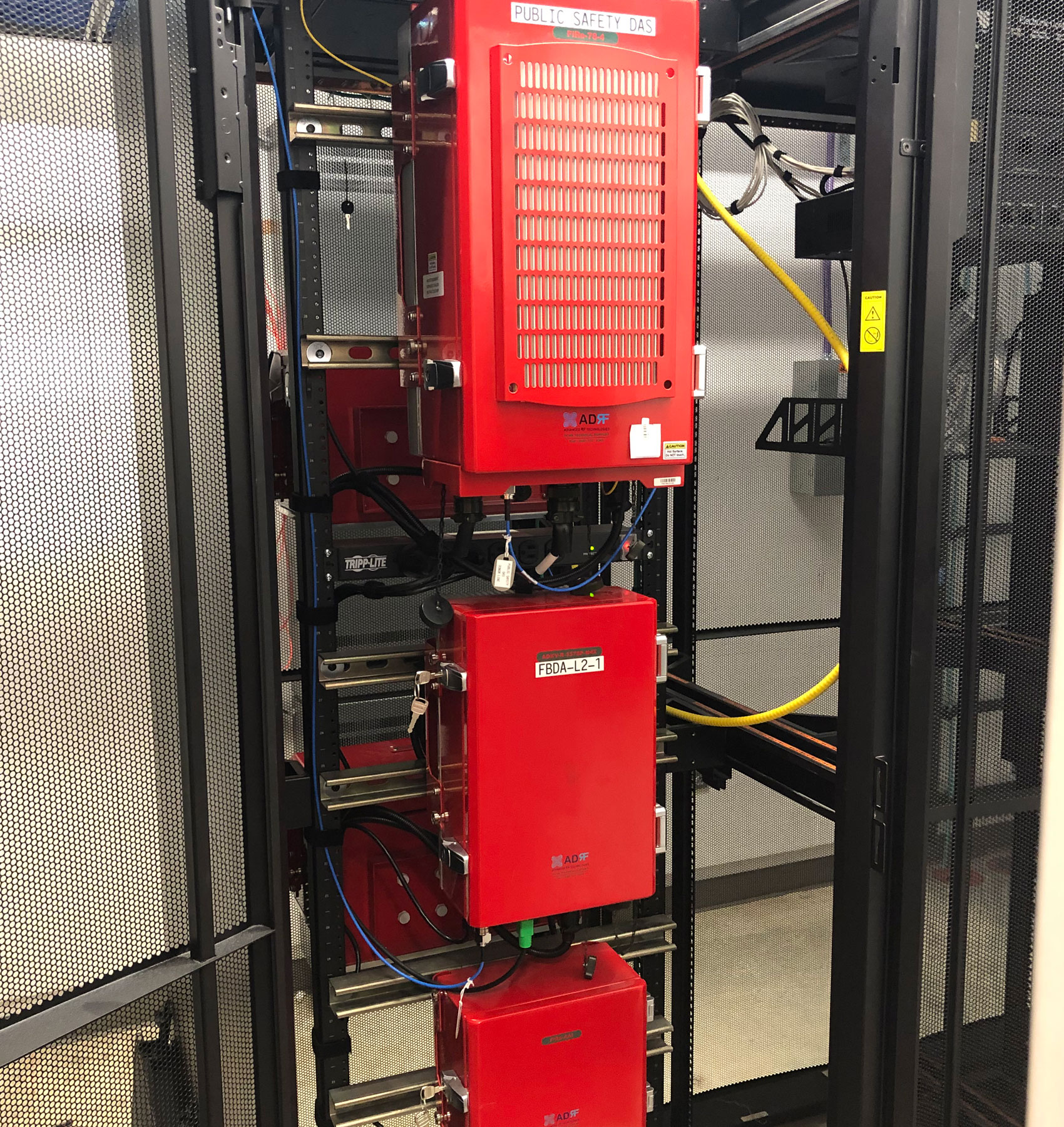
Through his investigative process, Hodges uncovered that not all structures are required by building or fire codes to deploy an ERCES. Because of that reality, first-responder communications are not always as reliable as they should be.
Realizing the importance of public awareness, Hodges decided to dig deeper and provide additional reporting on the story, hoping to ignite a conversation about these challenges within the community. He needed someone with the technical expertise to articulate a solution and a knowledge of code requirements. That’s when he reached out to the team at Pierson Wireless, seeking to understand the root cause of the problem and, more importantly, how Charlotte’s (and all cities’) venues can rectify these issues.
Pierson Wireless Owner and CEO Ross Pierson, Public Safety Coordinator Stephen Thomas, and Field Service Engineer Jason Lewis advised and collaborated with Hodges in investigating the status of public safety communications in three of Charlotte’s most trafficked venues – Charlotte Convention Center, South Park Mall, and North Lake Mall. Together and equipped with a scanner and SeeHawk Touch software, they performed a walk test of each venue.
The results of those walk tests reveal what first responders encounter daily. Some buildings provide excellent communications via a professionally installed ERCES. Some offer good communication thanks to a more open design, large windows, and proximity to a public safety network tower; others provide challenging or impossible communications due to construction materials and design elements.
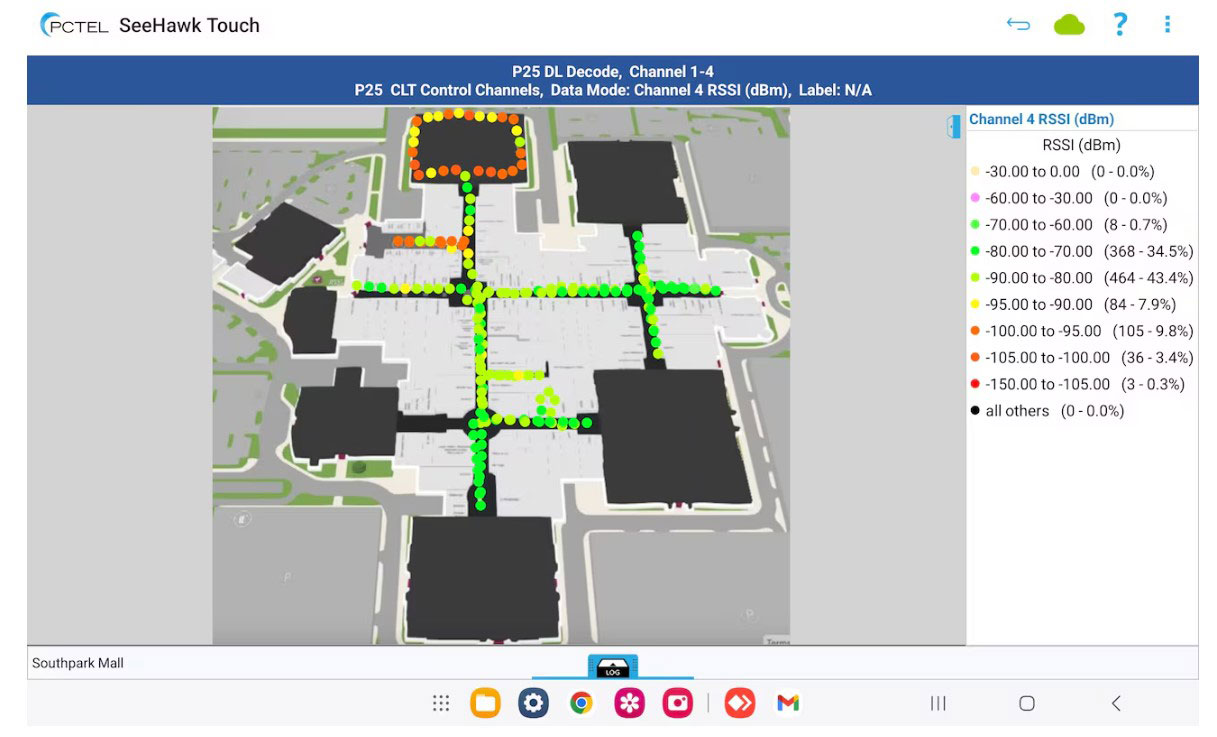
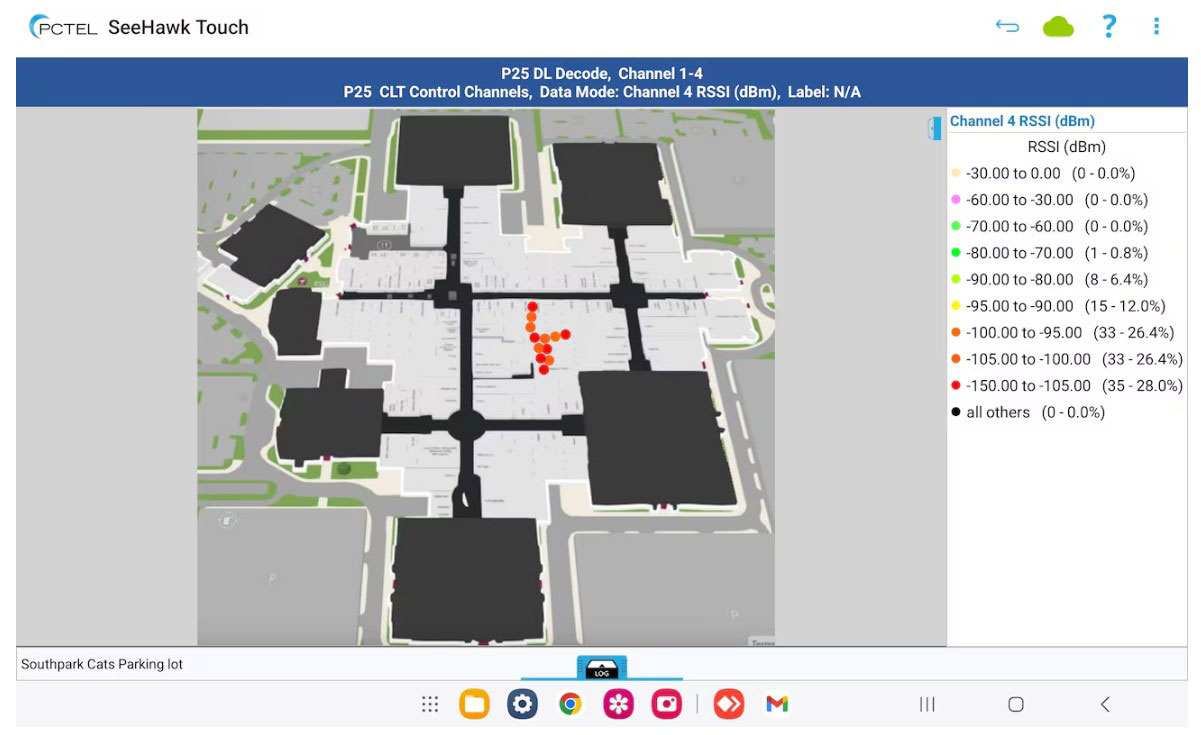
“These first responder radios are critical to saving lives,” Pierson said. “It’s the (building’s) construction that creates the challenge. Concrete and steel, anything you block off, and you’ll also block the radio.”
Thomas, a former North Carolina firefighter with three decades of experience, knows firsthand the issues that a lack of an ERCES can create.
“Are (first responders) in trouble? Do they need help? Where are they?,” Thomas said. “It just becomes that much more of a dangerous situation for all of us if radio fails. Without reliable communications, the responders inside and the teams outside cannot communicate back and forth.”
States, cities, and counties have established ordinances that require a public safety communication system within their building codes. These ordinances typically cover new building construction and, in many cases, renovated buildings. They establish performance thresholds for the reliability and coverage area of the ERCES solution and set testing and certification requirements that must be met for buildings to meet the code. An ERCES design will also need to meet the standards of the NFPA (National Fire Protection Association) and the IFC (International Fire Code) standards.
“Commercial property managers should consider technology that will enhance radio coverage in their facilities,” said Charlotte-Mecklenburg Emergency Management Chief Wike Graham in a response to WBTV. “Enhancing technology will increase safety for occupants and emergency responders and potentially decrease losses or damage to property.”
To see the entire report produced by Hodges and WBTV Investigates, visit this link.

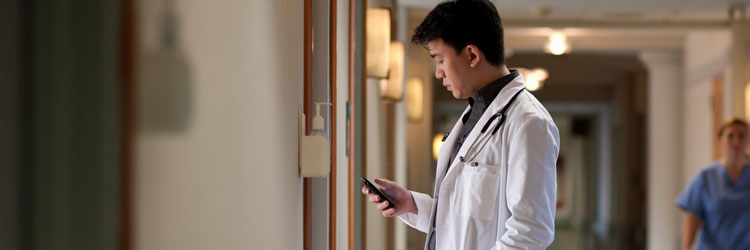
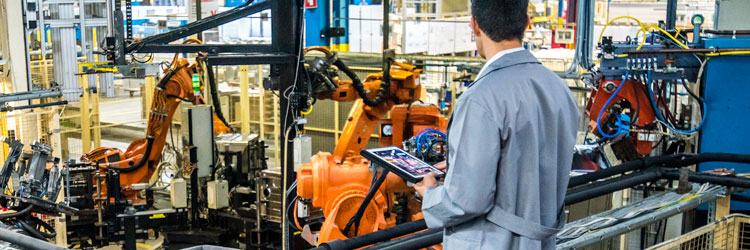
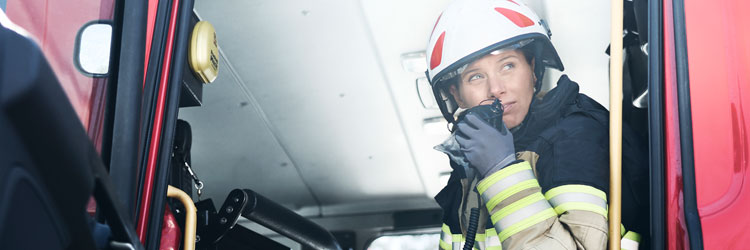
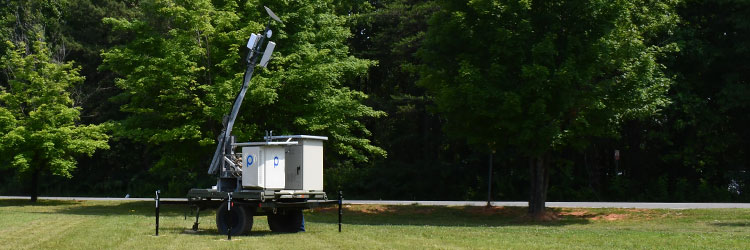





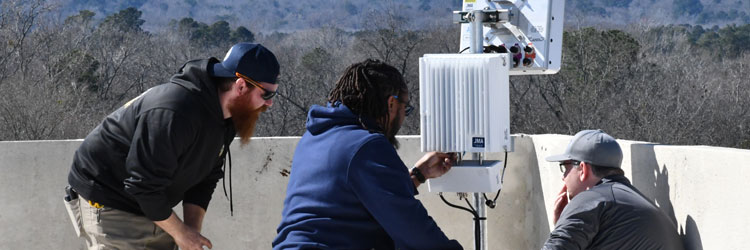
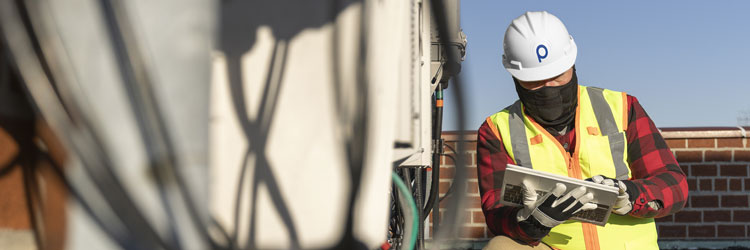



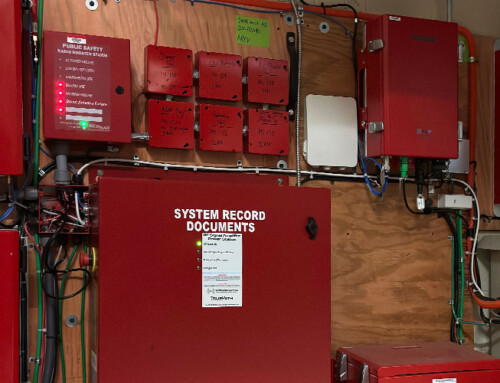
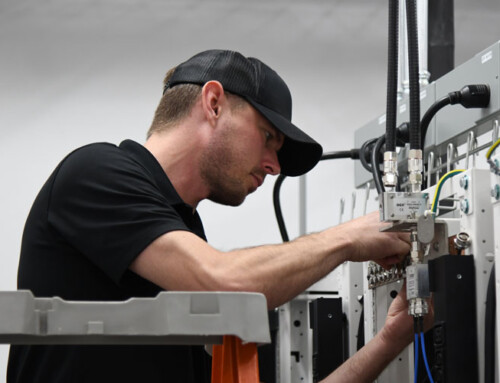
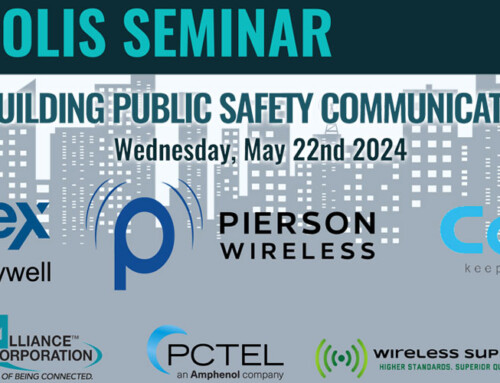
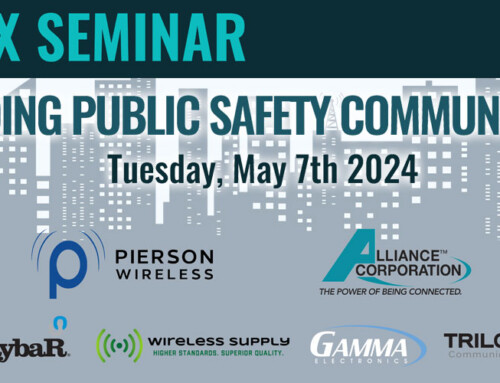


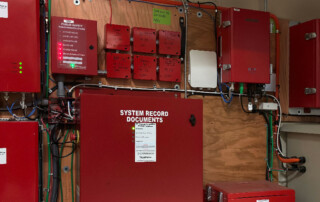

Leave A Comment